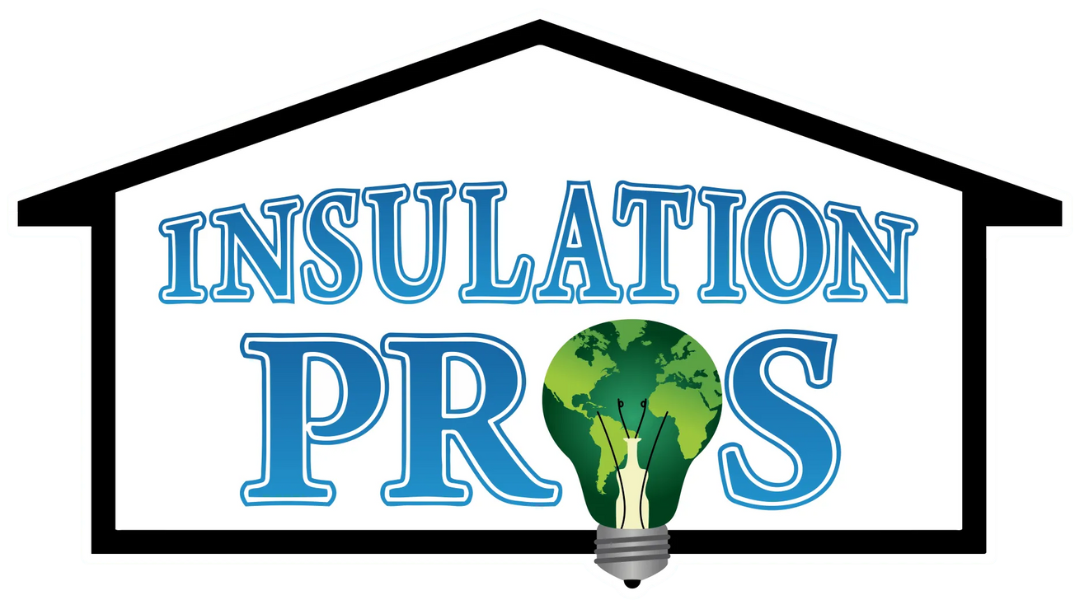Click Here to Book Your Free Insulation Evaluation!
Unlock Big Savings with Insulation Incentives in Kansas City
Questions? Call The Pros!
What Homeowners Need To Know About The Inflation Reduction Act
Maximize Your Home's Energy Efficiency with Local Rebates & Incentives
As energy costs continue to rise, homeowners are searching for effective ways to reduce their monthly bills while maintaining a comfortable living environment. Insulating your home is one of the most impactful steps you can take to cut energy costs, and now, thanks to the Inflation Reduction Act, there’s never been a better time to make this investment.
The Inflation Reduction Act, passed in 2022, has introduced a range of incentives aimed at encouraging energy efficiency and sustainability in homes across the country. For homeowners in Kansas City, this means access to generous rebates and tax credits specifically designed to help offset the cost of energy-efficient upgrades like insulation.
Why is this important?
With these new incentives, you can significantly reduce the upfront costs of insulating your home, making it more affordable than ever to enhance your home’s energy efficiency. This not only helps you save money on energy bills but also increases your home's overall comfort and value. Moreover, by reducing your energy consumption, you’re contributing to a greener environment, playing a direct role in combating climate change.
Don't miss out on these limited-time offers. By upgrading your insulation now, you can take full advantage of the financial benefits provided by the Inflation Reduction Act while enjoying long-term savings and a more comfortable, energy-efficient home.
Take Advantage of the Energy Efficient Home Improvement Credit
The Energy Efficient Home Improvement Credit is a key component of the Inflation Reduction Act, designed to make energy-efficient home upgrades more accessible and affordable for homeowners. This credit allows you to claim a significant portion of the costs associated with qualifying energy-efficient improvements, including insulation, on your federal tax return.
How Does It Work?
Starting in 2023, the Energy Efficient Home Improvement Credit offers homeowners the opportunity to claim a tax credit of up to 30% of the cost of eligible home improvements, up to a maximum of $1,200 per year. Insulation upgrades are among the qualified improvements, making this credit an excellent way to offset the cost of enhancing your home’s energy efficiency.
This credit not only makes it more feasible to upgrade your insulation but also encourages homeowners to take proactive steps toward energy efficiency, contributing to a more sustainable future. With the rising costs of energy, making these improvements now can lead to significant financial benefits over time.
Whether you're upgrading your attic, walls, or other areas of your home, the Energy Efficient Home Improvement Credit is a powerful tool that helps make your home more comfortable, cost-effective, and environmentally friendly.
The HOMES (Home Owner Managing Energy Savings) Rebate Program
The HOMES Rebate Program is another valuable opportunity for homeowners looking to improve their home’s energy efficiency. Part of the Inflation Reduction Act, this program offers substantial rebates for homeowners who make significant energy-saving improvements, including insulation upgrades. The goal of the HOMES program is to help homeowners reduce their energy usage while also reducing the overall cost of these improvements. Rebates under the HOMES program are performance-based, meaning they’re tied to the actual energy savings achieved.
Measured Energy Savings
< 20%
Up to $2,000 for 20% reduction
Modeled Energy Savings
20%-35%
$2,000
Modeled Energy Savings
> 35%
$4,000
A Win-Win For Your Wallet, AND The Planet!
High-Efficiency Electric Home Rebate Program
As part of the Inflation Reduction Act, the High-Efficiency Electric Home Rebate Program is designed to help homeowners transition to energy-efficient electric appliances and systems, including insulation improvements that support a more sustainable and cost-effective household.
This program specifically targets low- and moderate-income households, offering substantial rebates to make energy-efficient upgrades more accessible. Eligibility is determined based on household income relative to the area median income (AMI). Households earning less than 150% of the AMI may qualify for these rebates.
The program offers rebates for a variety of high-efficiency electric appliances and energy-saving measures, with specific rebates for insulation improvements. Homeowners can receive up to $1,600 for insulation, air sealing, and ventilation upgrades.
How Can I Qualify?
To take advantage of the various rebate programs and tax credits, including the Energy Efficient Home Improvement Credit, HOMES Rebate Program, and the High-Efficiency Electric Home Rebate Program, follow these general guidelines:
Verify that your household income meets the specific requirements for each program.
Ensure that the home improvements you plan to make, such as insulation upgrades, meet the energy efficiency standards set by the programs. Most modern insulation materials and professional installations qualify.
Keep detailed records of all energy audits, purchases, and installations. You’ll need this documentation to claim your rebates or tax credits.
After completing your upgrades, apply for the available rebates and tax credits when you file your taxes or through the designated program portals.
Frequently Asked Questions
What types of insulation upgrades qualify for rebates and tax credits?
Most modern insulation materials, including fiberglass, spray foam, cellulose, and rigid foam boards, qualify for rebates and tax credits. The key is that the insulation must meet specific energy efficiency standards as outlined by the various programs.
How do I know if my household qualifies for the High-Efficiency Electric Home Rebate Program?
Eligibility for the High-Efficiency Electric Home Rebate Program is income-based. If your household income is below 150% of the area median income (AMI), you likely qualify. You can check your eligibility by comparing your income to the AMI for your area.
Can I combine different rebates and tax credits for my insulation project?
Yes, in many cases, you can combine different rebates and tax credits. For example, you may be able to claim the Energy Efficient Home Improvement Credit while also receiving rebates through the HOMES Rebate Program or the High-Efficiency Electric Home Rebate Program. Just be sure to meet the requirements for each program.
What documentation do I need to apply for these rebates and credits?
You’ll need to keep detailed records of your energy audits, purchase receipts, and installation documentation. This paperwork is necessary when applying for rebates or claiming tax credits. It’s also a good idea to take before-and-after photos of the upgrades.
Are multi-family properties eligible for the same rebates and credits as single-family homes?
Yes, multi-family properties can also benefit from these programs, though there may be additional considerations. Upgrades to shared areas or multiple units can qualify, and income eligibility may play a role in certain programs like the High-Efficiency Electric Home Rebate Program.
How long does it take to receive my rebate after applying?
The timeline for receiving your rebate can vary depending on the program and the volume of applications. It’s best to apply as soon as your project is completed and keep in touch with the program administrators for updates. Some rebates may take several weeks to process.
Can I still qualify for these programs if I’ve already started my insulation project?
It depends on the specific program. Some rebates and credits require that the project be pre-approved or that an energy audit is conducted before the work begins. Be sure to check the requirements before starting your project to ensure you’re eligible.
Do I need to hire a professional to install insulation to qualify for these incentives?
While some DIY insulation projects may qualify, hiring a professional ensures that the installation meets the necessary energy efficiency standards. Professional installation is often required to qualify for rebates and credits.
Proud To Be Veteran Owned
The Veteran Owned Business Project is a comprehensive, user friendly member network directory of small, medium and large businesses owned by veterans, service disabled veterans (SDVOSBs / DVBEs) active duty military, reservists and military spouses released on Veteran's Day 2008.
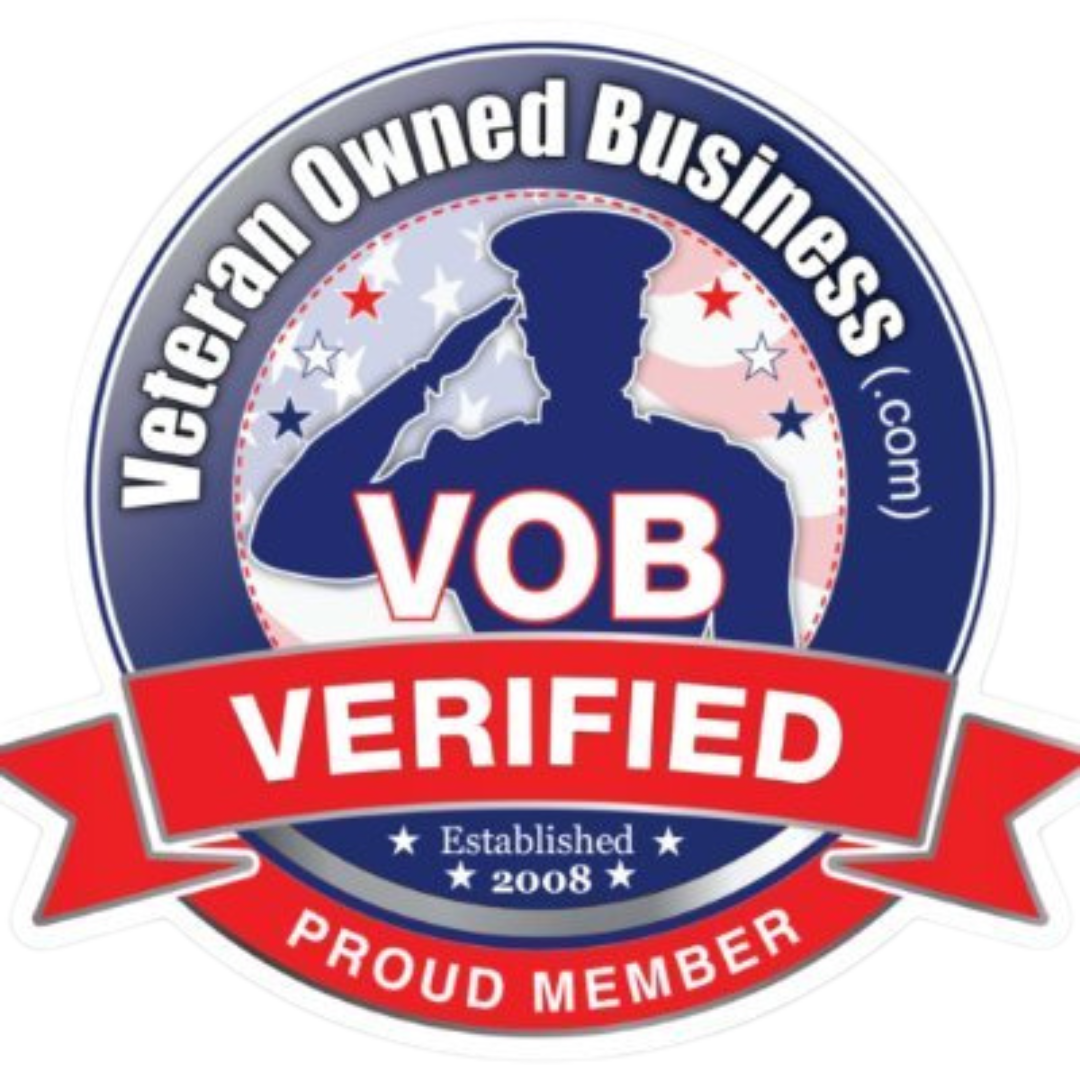
We Are Dedicated to
Complete Customer Satisfaction

"Knowledgeable, Nice, Personable"
I have used Insulation Pros at least three times and have been pleased each time. Their crews and owners are very knowledgeable, nice, personable and work to give you the best price they can. And when they were finished after a long day's work, they still made time to clean up the mess. I can happily recommend them to anybody needing insulation.

"Reasonably priced"
We had our attic sealed and blown insulation added. They also insulated our roof over our patio as we prepare to close it in for a 4 seasons room. The crew was on time, introduced themselves, went over everything they were going to do and then got to work. They did an excellent job and made sure to clean up. We are planning to have them back out to do 2 more jobs for us. They are very reasonably priced and do great work!

"Above and beyond"
Insulation Pros were very professional and went above and beyond to make sure my garage was properly insulated. They also did a great job making sure they cleaned up after themselves and left my garage in a clean state after their work was done. I'd highly recommend them and will certainly look to use them in the future whenever I need my attic insulation replaced.
"Extremely considerate"
From the moment we began our attic insulation journey with Insulation Pros, we were met with nothing but professionalism and dedication. Kyle, our seller, was our initial point of contact, and his understanding and empathy regarding our past experiences set the tone for our entire project. Under the guidance of Josie, the president of the company, every measure was taken to ensure we felt reassured and valued as customers.
"Happy with the service"
Tanner and Blaise just finished insulating our attic today. Very professional, they showed up on time and walked me through what the day was going to look like and what they were going to do. Very happy with the service I received from start to finish. Tanner made sure to text me before and after pictures so I could see everything they did. I am so excited to see the change in our house and the heating bill. I really appreciate the quick, friendly and professional service.
"A pleasure working with the insulation pros!"
From beginning to end it was a pleasure working with the insulation pros! The day of the project (prepping, Insulating attic and basement and installing two gable vents) everything went so smoothly and the team was so kind and chill. Everyone was amazing! I will absolutely recommend them to everyone :)
"Professional and Courteous"
I have an extension that was built off of my basement and I need insulation to protect my pipes as one of my bathroom is built atop the extension. Insulation pros quickly got me free estimates for my project and gave me several options.
"Veteran owned as I am a veteran myself"
Went with this company due to good reviews and being Veteran owned as I am a veteran myself. The insulation laid out almost perfectly even and could already tell a difference the next morning.
"Smooth Process"
Easy and smooth process from quote to installation. Zac was prompt and very knowledgeable of the products. Tanner & Ryan, my installation crew were polite and thoughtful with the process.
"Staff are extremely professional"
Great experience, staff are extremely professional. They performed the scope of work promptly as promised. They did an awesome job of cleaning up, special kudos for that.I would highly recommend Insulation Pros of KC.
"Thorough and comprehensive"
Nick performed my initial attic inspection. A thorough and comprehensive approach. Tyler and Devin completed the entire insulation project in just a few hours. Explaining everything in detail during the entire process.
"What a great company!!!"
I hired Larry and his guys to come out and blow insulation in the walls of my house that was built in 1945 and spray foam insulation in my basement. I have zero complaints they kept me updated on their progress excellent and fast service.
"Left work areas spotless"
On time, courteous, professional, details explained in laymen words, prior preps thorough, talked plastic on the stepsgoing upstairs, left work areas spotless, and very concerned about protecting my lawn. Highly recommend this company.
"Professional and respectful crew"
Very professional and respectful crew! They did great work! They went above and beyond to make sure we were informed on every aspect of the job!
"Explained everything"
Justin, Nick and T. Cook, did our job, great job very professional and cleaned up everything better than they found it. They also showed pics of everything before and after and explained everything as we looked over pics. Highly recommend.
"WOW!"
Many many thanks to all at Insulation Pros. We had the attic done they removed all the old, repaired our vents, sealed all around and installed new insulation and WOW!
"Efficient and pro!"
From the initial inquiry to the crews cleanup everything was efficient and “pro!” Nick, Larry, and Justin were ALL-TIME! If I had another house I would bring them back tomorrow!
"We're saving a lot"
We should have had you guys out a while ago. The house is much more comfortable and I'm sure we're saving a lot on our utilities already.
"Very professional"
Kobe, Blasie, and Tanner did an amazing job removing contaminated attic insulation and blowing in new insulation! They were very professional, and I could feel the difference the next day.
"Polite and professional"
Arrived on time, explained what the scope of work was. Took pictures of work completed and cleaned up. Crew very polite and professional.
"Everything came out clean"
Nick, Larry, and Tristan were very quick and efficient when working. They had to enter the attic in my toddlers room and they ensured everything was covered. Everything came out clean, as if they were never there.
"Wonderful job"
They were very professional & respectful during the 6+ hours of work and did a wonderful job with the insulation. They even cleaned up before they left, which a lot of other companies don't do.
"A great experience"
They removed insulation where is wasn't supposed to be quickly and without hassle when I asked. A great experience, this was the second time I've used Insulation Pros and will for future projects as well.
"Knowledgeable, Nice, Personable"
I have used Insulation Pros at least three times and have been pleased each time. Their crews and owners are very knowledgeable, nice, personable and work to give you the best price they can. And when they were finished after a long day's work, they still made time to clean up the mess. I can happily recommend them to anybody needing insulation.
"Reasonably priced"
We had our attic sealed and blown insulation added. They also insulated our roof over our patio as we prepare to close it in for a 4 seasons room. The crew was on time, introduced themselves, went over everything they were going to do and then got to work. They did an excellent job and made sure to clean up. We are planning to have them back out to do 2 more jobs for us. They are very reasonably priced and do great work!
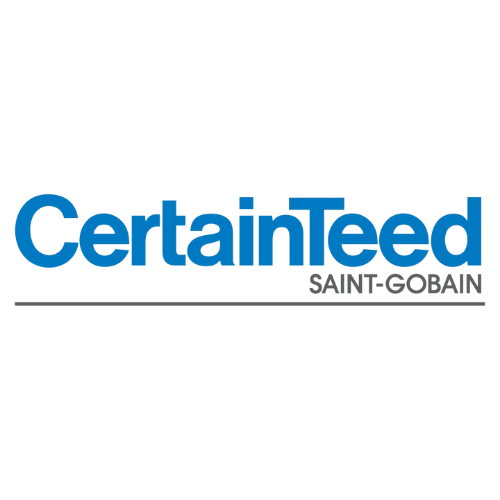
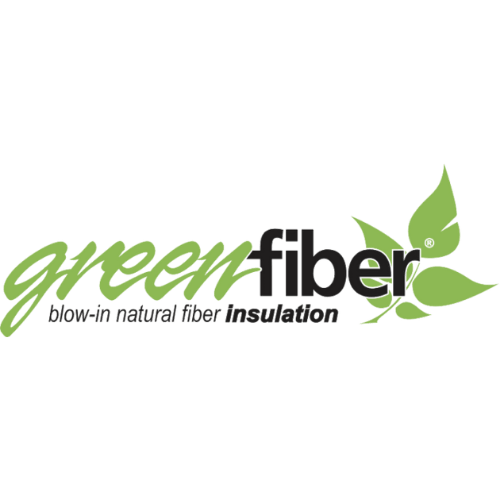
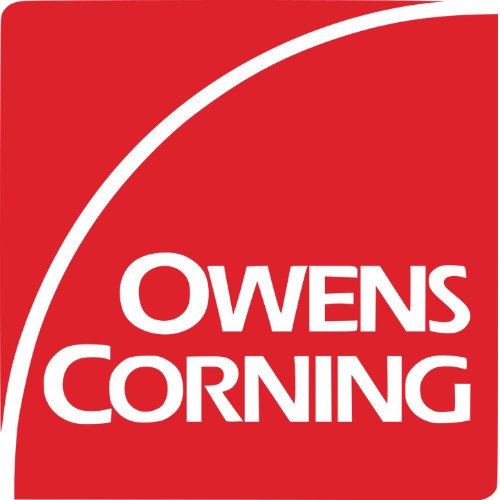
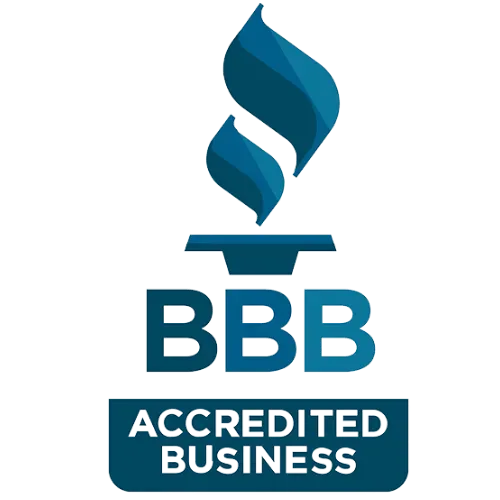

Our team offers free estimates
Experienced Team at Insulation Pros
#1 Customer Rated in Kansas City
Contact Insulation Pros KC today at (913) 374-6037 to learn more and schedule your free estimate.
We Proudly Service All Of Kansas City
| Belton, MO | Raymore, MO | Merriam, KS |
|---|---|---|
| Spring Hill, KS | Olathe, KS | Shawnee, KS |
| Mission, KS | Overland Park, KS | Prairie Village, KS |
| Blue Springs, MO | Liberty, MO | Fairway, KS |
| Bonner Springs, KS | Gardner, KS | Raytown, MO |
| Lenexa, KS | Independence, MO | Lee's Summit, MO |
| Leawood, KS | Gladstone, MO |
